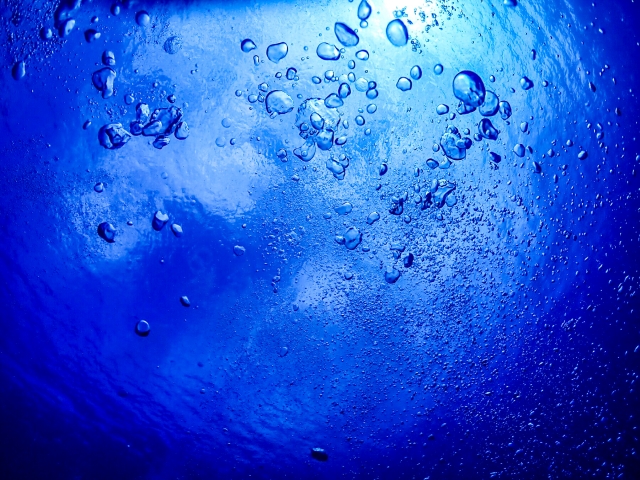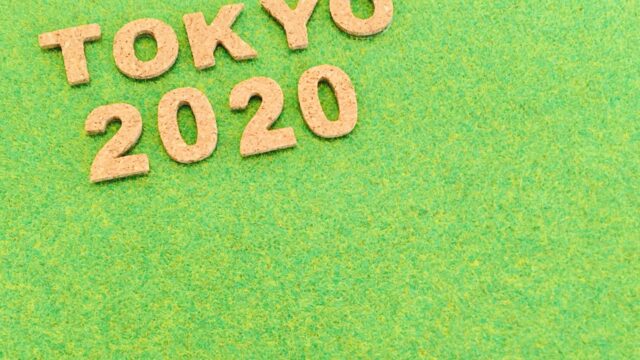たまに読むと面白い科学のニュースです。地球に酸素がたくさんあるのは何故なのか、読んでいきましょう。
元記事はこちら⇒https://learningenglish.voanews.com/a/earth-s-longer-days-may-have-produced-more-oxygen/5989236.html
Earth’s Longer Days May Have Produced More Oxygen(地球の昼間が長くなったことでより多くの酸素を生み出されたかもしれない)
August 4,2021
A group of scientists has proposed a new theory about how Earth’s atmosphere got its oxygen: The planet slowed down and days got longer.
ある科学者の団体は、どのようにして地球の大気に酸素が生まれたのか、新しい説を提示しました。地球が減速し、昼間が長くなったことが関係しているようです。
A recent study proposes that longer, continuous daylight caused bacteria to produce lots of oxygen. That oxygen made most of life as we know it possible.
最近の研究では、バクテリアにより長く持続的に日光を当てると多くの酸素を生み出すことが分かっています。その酸素により、私たちが知る多くの生命は生かされています。
The scientists dug up bad smelling, colorful bacteria from a deep sinkhole in Lake Huron, which is one of the Great Lakes in the northern United States. In laboratory experiments, the researchers gave the bacteria different amounts of light. They found that the bacteria produce oxygen at a higher rate the longer they receive continuous light.
科学者たちは、アメリカ北部の五大湖の一つのヒューロン湖の深い湖底から悪臭のあるカラフルなバクテリアを掘り出しました。研究所の実験では、科学者たちはバクテリアに光量を変えて光を当てました。彼らは、バクテリアが光を継続的に受け取る時間が長くなればなるほど、より高い割合で酸素を生み出すことが分かりました。
One of the great mysteries in science is how Earth went from a planet with little oxygen to the breathable air we have now. Scientists long believed that microorganisms called cyanobacteria were involved. But they do not know what started the great oxygenation event.
科学における大きな神秘の一つは、地球がどのようにして酸素が少なかったころから、現在の私たちが息のできる大気になったのか、ということです。科学者たちはシアノバクテリアと呼ばれる微生物が関係していると長らく信じてきました。しかし、何がきっかけで大量の酸素が生まれはじめたのかは分かっていません。
The researchers released their study in the publication Nature Geoscience this month. It suggests that Earth’s slowing rotation made it possible for the cyanobacteria to make the atmosphere able to support life. Over a long period, Earth went from a six-hour rotation to its current 24-hour rotation.
研究者たちは、今月、ネイチャージオサイエンス誌でそれらの研究を発表しました。地球の回転が緩やかになったことで、シアノバクテリアが生命を維持できる大気をつくり出せたことが書かれています。長い時間をかけて、地球の自転は6時間から現在の24時間になりました。
The scientists say that 2.4 billion years ago there was almost no oxygen in Earth’s atmosphere. No animal or plant that we know of could live in such conditions. Instead, lots of bacteria breathed carbon dioxide gas. In the case of cyanobacteria, they produced oxygen in the earliest form of photosynthesis.
科学者たちによると、24億年前には地球の大気にはほとんど酸素がなかったそうです。私たちが知っている動植物はそのような状況で生きることはできません。代わりに、多くのバクテリアが二酸化炭素ガスを吸っていました。シアノバクテリアの場合、光合成の最も初期の形で酸素を生み出しました。
At first it was not much. But after about 400 million years, Earth’s atmosphere reached one-tenth the amount of oxygen we have today. That is a huge jump, said the study’s lead writer, Judith Klatt. She is an expert at the Max Planck Institute in Germany. The increased oxygen permitted plants and animals to develop over time. And plants began joining the oxygen-making party, she said.
最初はさほど多くはありませんでしたが、約4億年後、地球の大気は現在の酸素の量の10分の1の量になりました。それは大きな飛躍だと、研究の責任著者のジュディス・クラット氏は話しました。彼女はドイツのマックスプランク協会の専門家です。増えていく酸素により、動植物たちは時間をかけて発展できました。そして植物は酸素を生み出す仲間になったと彼女は話しました。
But why did bacteria begin to make more oxygen? Brian Arbic is an ocean expert at the University of Michigan. He studies tidal forces on Earth and how they have slowed Earth’s rotation. Arbic says planet’s rotation slowed because of tidal friction and Earth’s relationship with the moon.
しかし、なぜバクテリアは多くの酸素をつくりはじめたのでしょうか。ブライアン・アルビック氏はミシガン大学の海に関する専門家です。彼は潮の満ち引きを引き起こす力とどのようにしてその力が地球の自転を緩やかにしていったかを研究しています。アルビック氏は、潮汐摩擦と地球と月の関係性によって地球の自転は緩やかになったと話します。
Researchers from the University of Michigan and from Germany tested their ideas with bacteria similar to what would have existed 2.4 billion years ago. They used white and purple mats of cyanobacteria living 24 meters underwater in the sinkhole in Lake Huron.
ミシガン大学とドイツの研究者たちは24億年前に存在していたものと似ているバクテリアで彼らの考えを確かめました。彼らはヒューロン湖の湖底24メートルに生息していた白と紫のシアノバクテリアが層になっているものつかいました。
“We actually imagine that the world looked kind of like the Middle Island sinkhole for most of its history,” Klatt said.
「実は私たちは、世界はその歴史の大部分でミドル島のあるエリー湖の湖底のようだったと想像している。」とクラット氏は話しました。
Divers brought up the mats of bacteria, which smell like very old eggs. Klatt and others exposed them to different amounts of light, up to 26 straight hours. They found that more continuous light causes the bacteria to produce more oxygen.
ダイバーたちは非常に古くなった卵のようなにおいのするバクテリアの層状になっているものを育てました。クラット氏とほかの人々はそれらに最大26時間ずっと様々な光を当てました。彼らは、バクテリアが最も継続して光を当てたときに最も多くの酸素を生み出すことを発見しました。
The writers of the study and outside scientists said this is just one possible reason for Earth’s oxygen increase. What makes the idea interesting is that it does not require any big biological changes in bacteria or the world’s oceans, said Tim Lyons. He is a professor at the University of California, Riverside and was not part of the research team.
その研究の筆者たちや外部の研究者たちは、これは地球の酸素が増えたことの一つの可能性のある理由に過ぎないと話しました。この考えが興味深いのは、バクテリアや世界の海で大きな生物学的な変化が必要ではないことだとティム・ライオンズ氏は話します。彼はカルフォルニア大学リバーサイド校の教授で、研究チームの一員ではありません。
潮の満ち引きや自転がゆっくりになったことで持続的に日光がバクテリアに当たることで酸素を生み出す効率が上がっていったということだったんですね。こういう知らないことを知れるからこういうニュースは楽しいですね。
最後まで読んでいただきありがとうございました。







